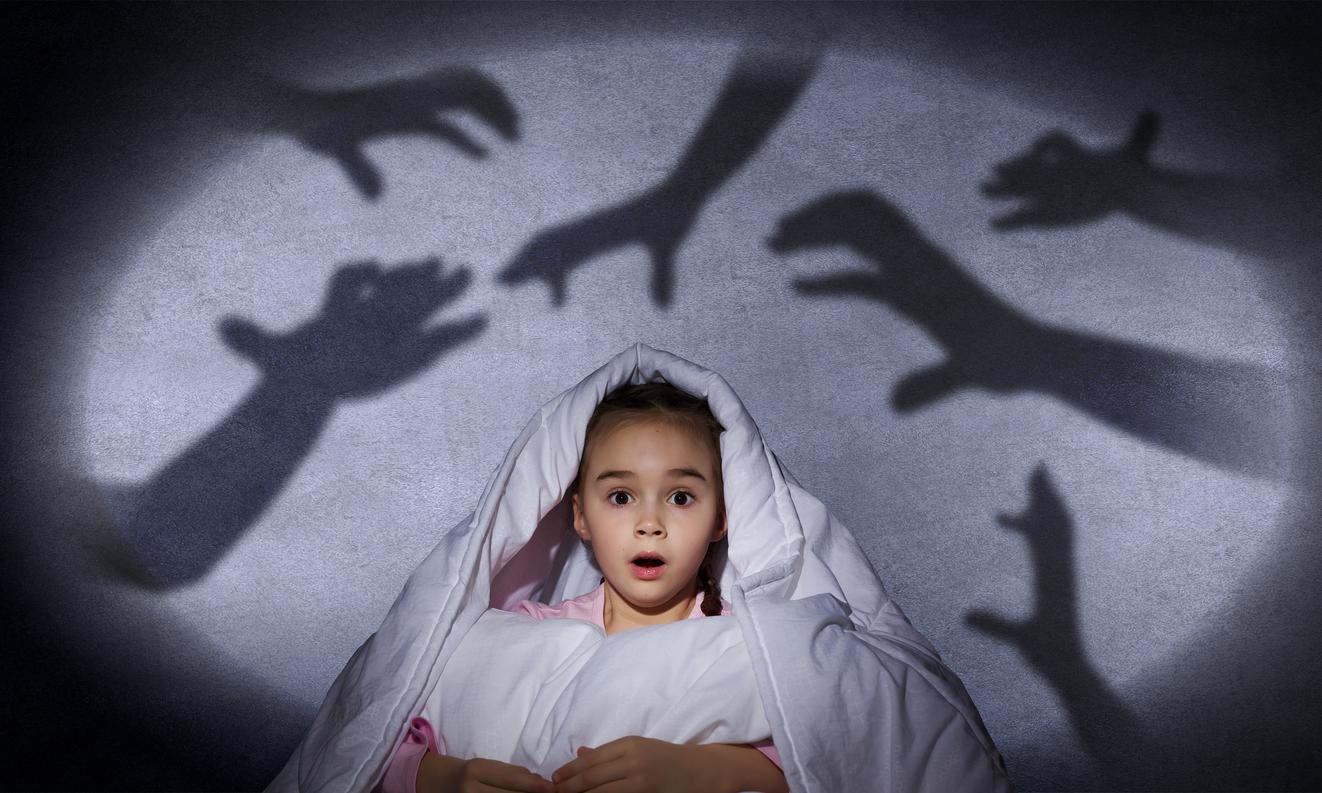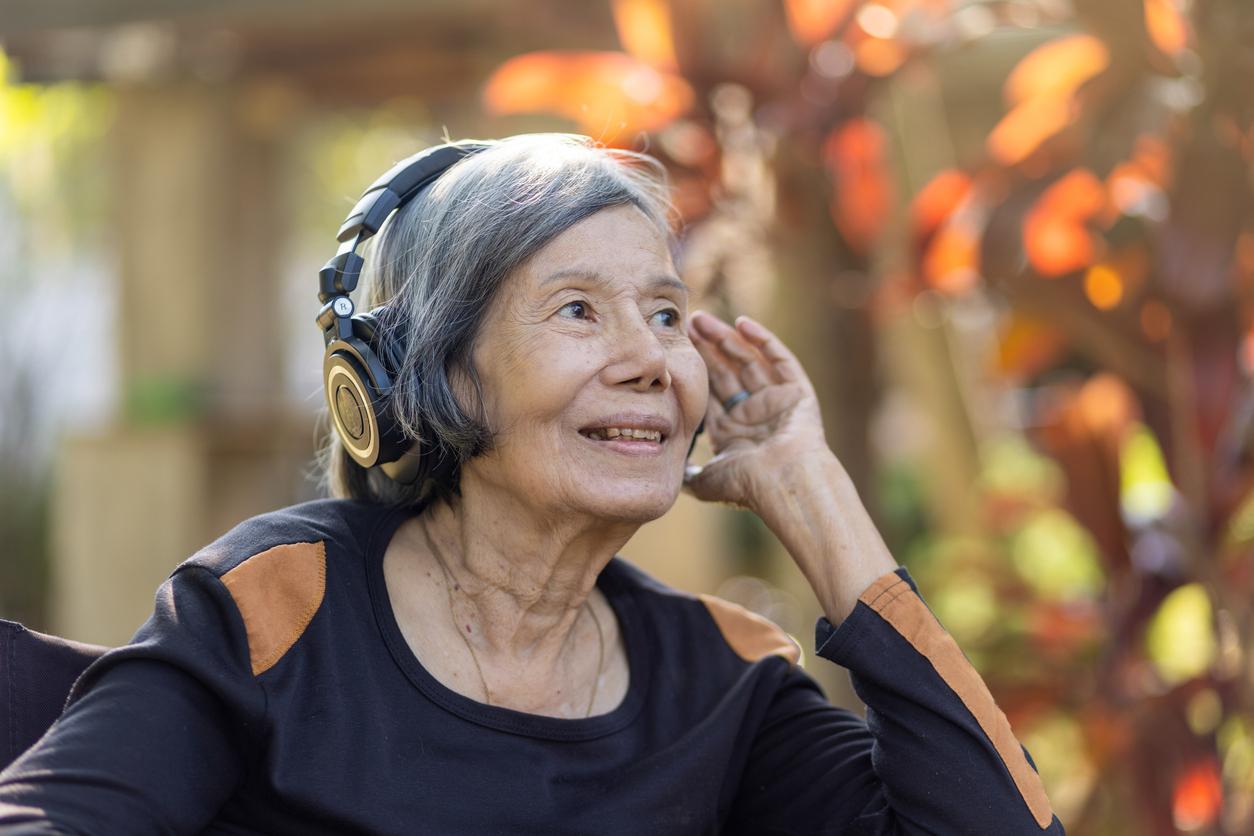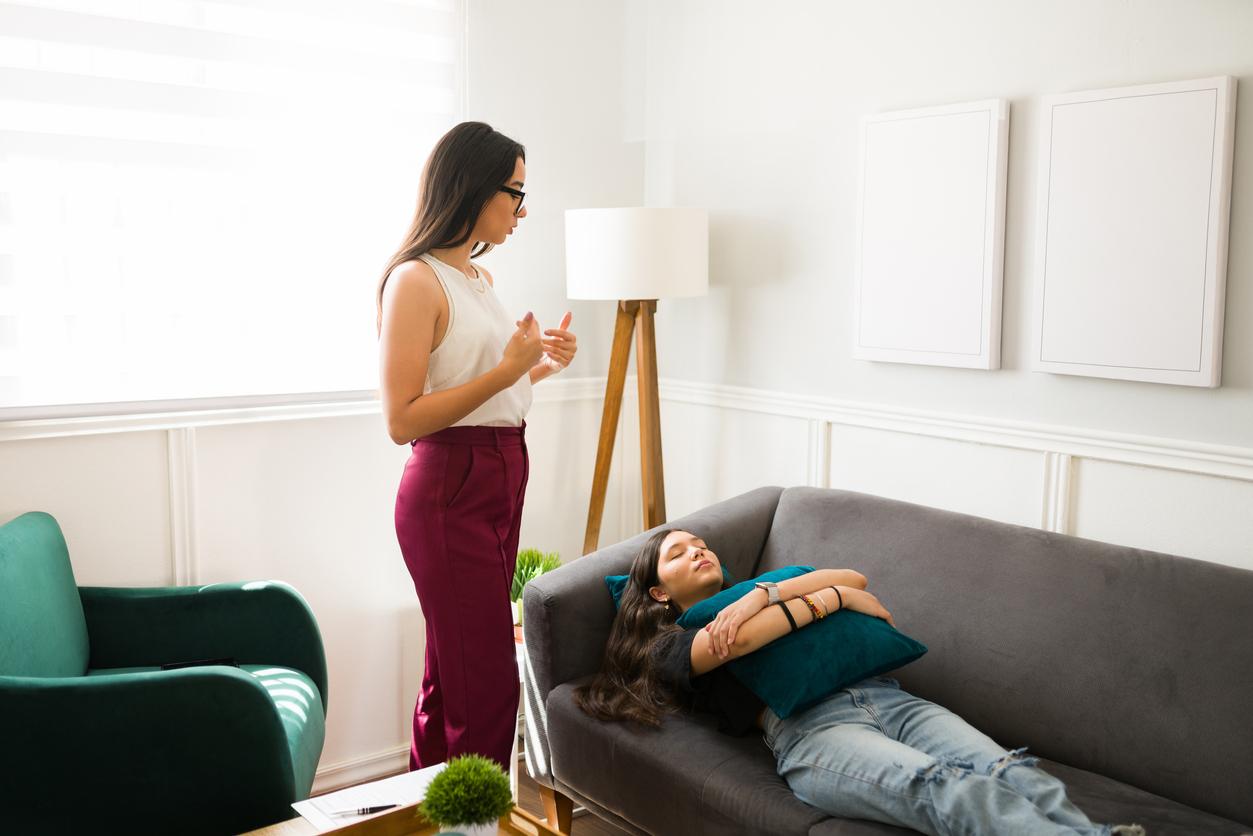“Craniosacral therapy is based on the craniosacral system which includes the cerebrospinal fluid, the meninges (3 membranes that surround the brain and the spinal cord), the bones to which they attach and all the repercussions on the body via the system of fascias, membranes which envelop the structures of the body (bones, viscera, ligaments, muscles, brain…) and which connect together like a single net from the top of the skull to the tips of the toes says Fanny Aladenise, former masseur-physiotherapist, trained in craniosacral therapy at the Upledger school. There are different types of craniosacral therapy that use this system. They aim to relieve pain and the tensions by delicate manipulations of the skull and spine. That of Dr John Upledger, an American osteopathic doctor, has the specificity ofapproach the craniosacral system through the touch of the therapist accompanied by dialogue with the patient. “The objective is to bring back to the consciousness of the person what is happening in his body at the physical level and at the emotional level.explains Fanny Aladenise.
Awaken cellular memory
This therapy focuses on tissue memory. Physical trauma (like a punch) or emotional or even physical and emotional trauma remains stuck in our cells. It’s here tissue memory. “The hands of the therapist awaken the cellular memory of which the person will regain consciousnessexplains the Upledger therapist. “Become aware of emotions experiencedreleases the structure, it regains its mobility and its functionshe describes. She gives an example: if you have anger stuck in the tissues of the liver, this organ is too busy digesting the anger and has trouble doing the rest. Becoming aware of this blocked anger unlocks this part of the body and the liver functions properly again.
Gentle therapy for all
The indications for this very gentle therapy which takes into account the person as a whole are very broad and it can be used in babies as well as in very old people. “The only contraindication is psychiatric disorders because Upledger’s craniosacral therapy requires having a connection to oneself for feelings while keeping an outside perspective. The idea is not to dive 100% into your feelings but to always keep an observant side of what is happening to be able to become aware of it and above all come back to the present afterwards.underlines Fanny Aladenise. By going to meet your cellular memory, it is possible to solve many health problems related to the structure of the body, to the regulation of the central nervous system, but also to memory, psychic and emotional. “Sometimes pain is useful to a person, they need it for a reason to be discovered together. The therapist will then help the person to understand what this pain is for and help his patient to renegotiate the symptom so that it is effective but not painful.explains our expert.
Learn more:
















